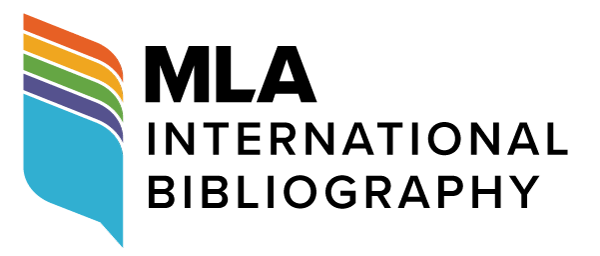High Expectations and Low Blows: Antonymy and Dynamic Meaning Construction
DOI:
https://doi.org/10.18485/bells.2020.12.7Keywords:
antonymy, semantic extension, dynamic meaning construction, cognitive linguisticsAbstract
This paper, set against the theoretical background of cognitive linguistics, explores the cognitive potential of the lexical-semantic relation of antonymy from the perspective of dynamic meaning construction. Ten pairs of English canonical antonyms (high/low, long/short, broad/narrow, deep/shallow, thick/thin, heavy/ light, hard/soft, large/small, fast/slow, hot/cold) are examined with respect to the ways in which the relation of meaning oppositeness holding between their members is dynamically activated under semantic extension, paradigmatically and syntagmatically, in semantically creative instances of use. The analysis highlights the following aspects of such dynamic meaning construction: (i) the availability of dormant antonym senses for context-induced activation (e.g. shallow trouble); (ii) the modifiability of idiomatic expressions through antonym substitution (e.g. The bigger they come, the harder they fall >The bigger they come, the softer they fall); (iii) the syntagmatic co-occurrence of antonyms whose extended senses belong to different conceptual domains (e.g. High hopes in low places). The theoretical considerations pertain to the cognitive entrenchment of antonymy as a powerful trigger of dynamic meaning construction.
Downloads
References
Downloads
Published
Issue
Section
License

This work is licensed under a Creative Commons Attribution-ShareAlike 4.0 International License.
Authors who publish with this journal agree to the following terms:
- Authors are confirming that they are the authors of the submitting article, which will be published (print and online) in Belgrade English Language and Literature Studies by the Faculty of Philology, University of Belgrade (Faculty of Philology, Studentski trg 3, 11000 Belgrade, Serbia). Author’s name will be evident in the printed article in the journal. All decisions regarding layout and distribution of the work are in hands of the publisher.
- Authors guarantee that the work is their own original creation and does not infringe any statutory or common-law copyright or any proprietary right of any third party. In case of claims by third parties, authors commit their self to defend the interests of the publisher, and shall cover any potential costs.
- Authors retain copyright and grant the journal right of first publication with the work simultaneously licensed under a Creative Commons Attribution-ShareAlike 4.0 International License that allows others to share the work with an acknowledgement of the work's authorship and initial publication in this journal.
- Authors are able to enter into separate, additional contractual arrangements for the non-exclusive distribution of the journal's published version of the work (e.g., post it to an institutional repository or publish it in a book), with an acknowledgement of its initial publication in this journal.
- Authors are permitted and encouraged to post their work online (e.g., in institutional repositories or on their website) prior to and during the submission process, as it can lead to productive exchanges, as well as earlier and greater citation of published work.




